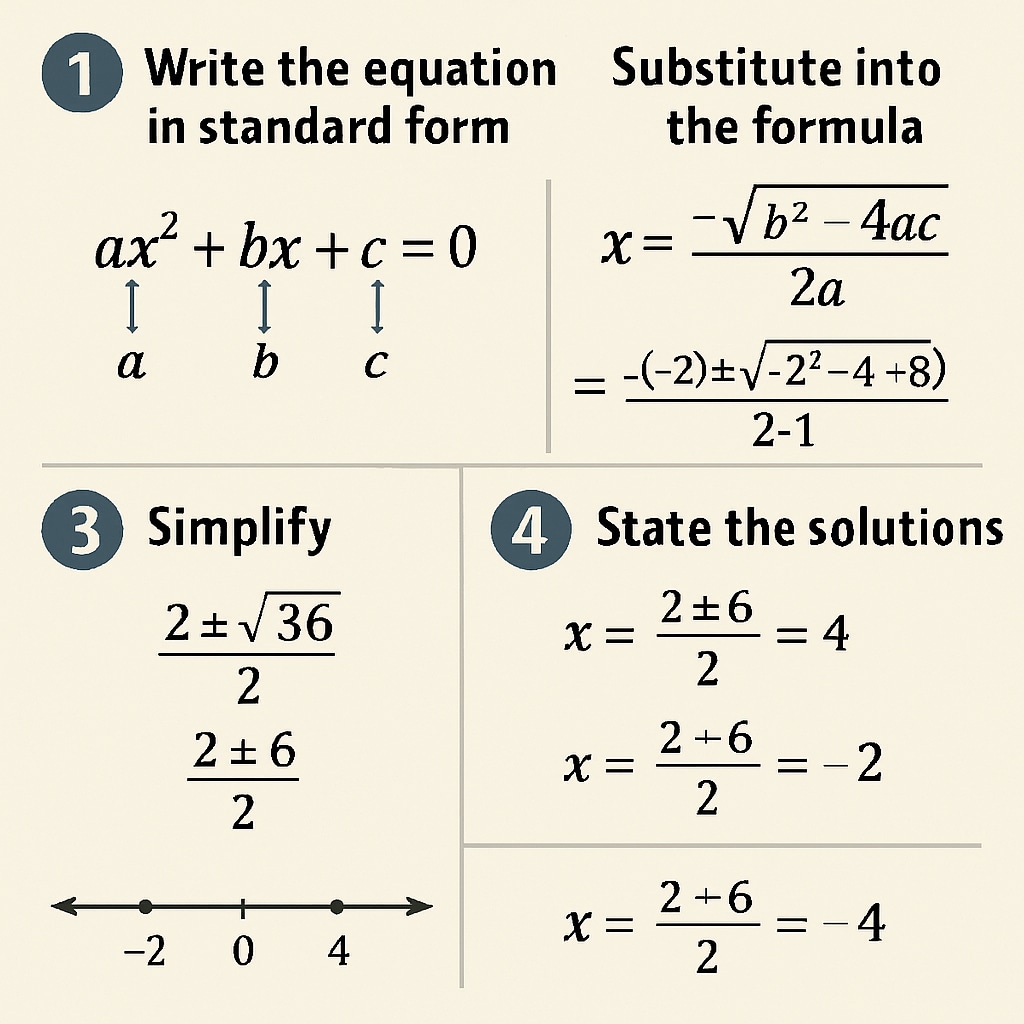High school mathematics education often presents significant challenges for both students and educators. Understanding these difficulties, addressing the teaching methods, and refining course preparation are critical to enhancing learning outcomes. This article delves into common obstacles in high school mathematics, analyzes their root causes, and offers practical solutions for educators seeking to improve their teaching practices.

Common Challenges in High School Mathematics
Mathematics is often perceived as one of the most difficult subjects in high school, partly due to its abstract nature and cumulative learning structure. Some of the most common challenges include:
- Conceptual Understanding: Many students struggle to grasp foundational concepts, which makes it harder for them to progress to more advanced topics.
- Teaching Methods: Traditional methods like rote memorization may not cater to diverse learning styles, leaving some students disengaged.
- Learning Environment: Factors such as classroom dynamics, peer pressure, and lack of individual attention can hinder effective learning.
For example, concepts like calculus or trigonometry require a strong understanding of algebra. When foundational knowledge is weak, students often feel overwhelmed and disconnected.
Identifying the Root Causes of Learning Barriers
To address these challenges, it is essential to understand their root causes. Research shows several contributing factors:
- Knowledge Gaps: Students may enter high school with gaps in their prior mathematics education, making it challenging to keep up with faster-paced lessons.
- One-Size-Fits-All Teaching: Educators often use uniform teaching approaches that do not accommodate diverse learning preferences, such as visual, auditory, or kinesthetic learners.
- External Pressures: High-stakes exams and societal expectations can create anxiety, negatively impacting students’ ability to absorb new information.
For example, a study from Wikipedia’s Education in the U.S. highlights that personalized instruction significantly boosts student engagement and comprehension in mathematics.

Strategies for Teaching Improvement
Once obstacles are identified, educators can employ targeted strategies to overcome them. Here are some actionable recommendations:
- Emphasize Conceptual Clarity: Use practical examples and visual aids to help students understand abstract concepts. Encourage questions and discussions to deepen understanding.
- Adapt Teaching Methods: Incorporate diverse teaching techniques like group activities, technology-based learning tools, and hands-on exercises to engage all learners.
- Create a Supportive Environment: Foster an inclusive classroom atmosphere where students feel comfortable seeking help and collaborating with peers.
For example, interactive tools like graphing calculators or educational apps can simplify difficult topics and make lessons more engaging.
Preparing Effective Mathematics Courses
Thorough course preparation is vital for minimizing learning barriers. Teachers should focus on:
- Assessing Student Needs: Conduct pre-course evaluations to identify knowledge gaps and learning preferences.
- Structured Lesson Plans: Design lessons that gradually build on prior knowledge and introduce advanced topics in manageable steps.
- Feedback and Adaptation: Regularly seek student feedback and adjust teaching strategies to meet their needs.
According to Britannica’s Mathematics Overview, tailored instruction is critical for ensuring student success in complex subjects like mathematics.
Conclusion
High school mathematics education can be daunting, but identifying obstacles and refining teaching methods can significantly improve student outcomes. By addressing conceptual understanding, adapting teaching techniques, and fostering a supportive learning environment, educators can empower students to excel in mathematics. Effective course preparation and continuous feedback play a key role in creating a dynamic and engaging classroom experience.
As a result, both teachers and students can transform their approach to mathematics, turning challenges into opportunities for growth and achievement.


